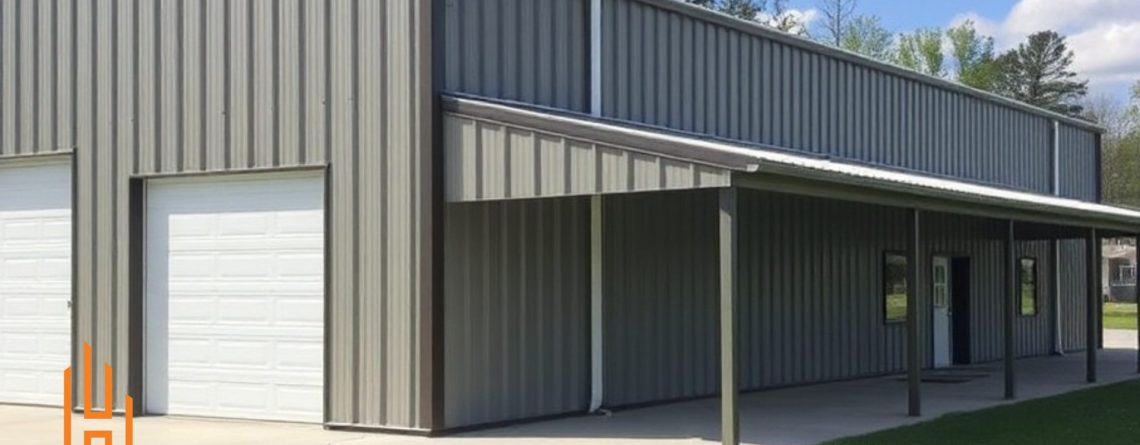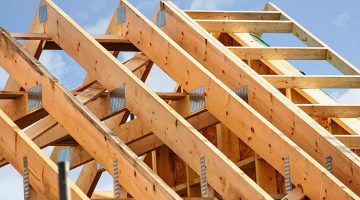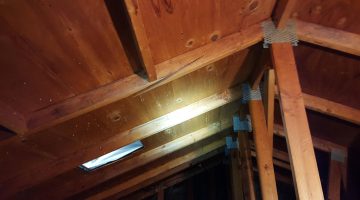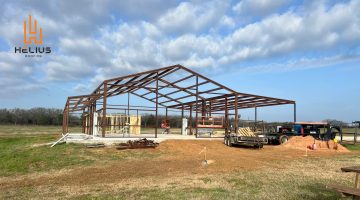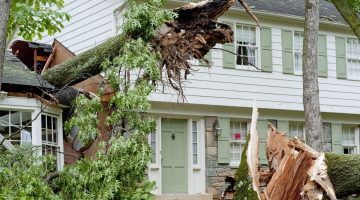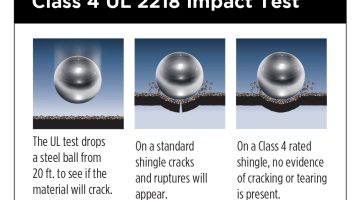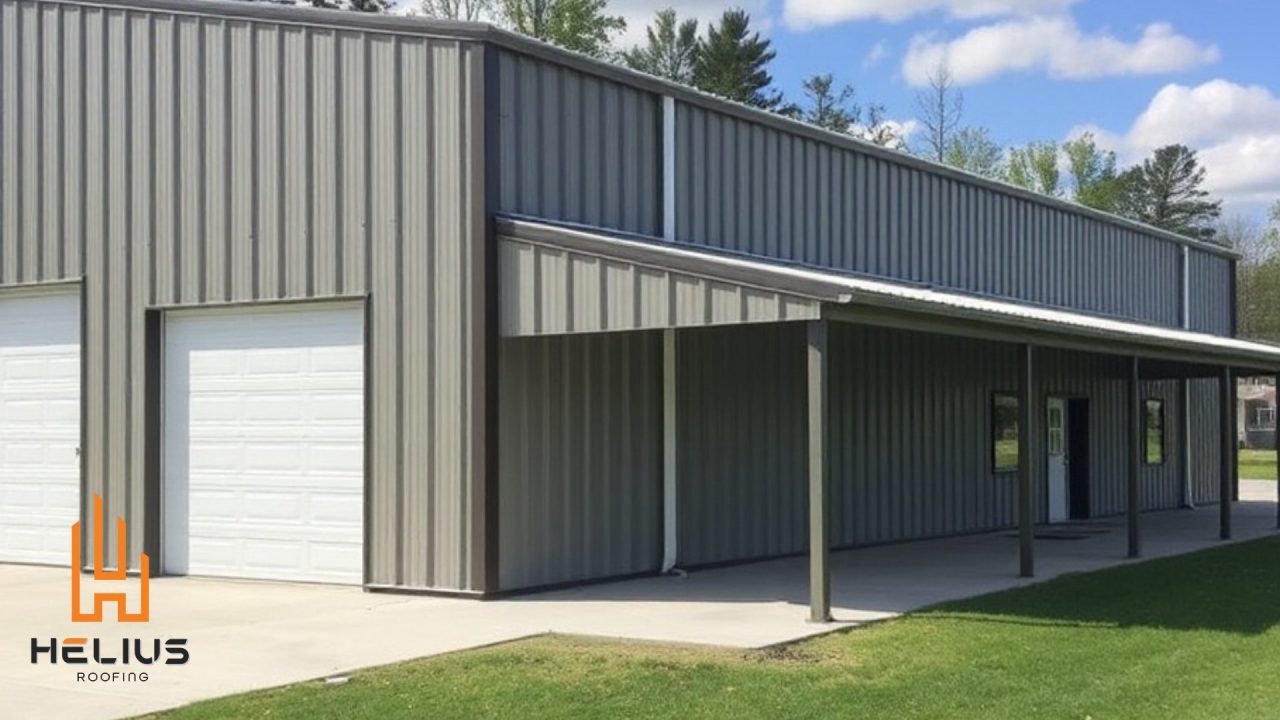
When it comes to constructing buildings that need to stand the test of time, resist environmental hazards, and protect occupants, safety is the most critical consideration. Pre-engineered steel buildings have become a go-to choice for many homeowners, businesses, and industrial sectors due to their exceptional safety features. These structures, which are meticulously designed and fabricated before being assembled on-site, offer an unparalleled combination of strength, durability, and reliability.
At Helius Roofing & Construction, we specialize in pre-engineered steel buildings that not only meet but exceed safety standards. In this essay, we will explore why pre-engineered steel buildings are considered among the safest construction options available today and how they provide enhanced protection against natural disasters, fire hazards, structural wear, and more.
1. Superior Strength and Durability
One of the foremost reasons why pre-engineered steel buildings are inherently safer than other construction types is the strength of steel itself. Steel, particularly when pre-engineered, offers a level of durability and resilience that other materials like wood or concrete struggle to match.
Load-Bearing Capacity
Pre-engineered steel buildings are designed to handle significant loads, both from the building itself and external pressures. The design process involves careful calculations to ensure that the building can withstand the stresses placed on it by snow, wind, and even seismic activity. Steel’s high tensile strength allows it to bear heavy loads without buckling, making it an excellent material for long-span structures, such as warehouses, garages, and commercial buildings.
Structural Integrity Over Time
Unlike wood, which can warp, rot, or degrade over time, steel maintains its structural integrity for decades. Pre-engineered steel buildings are typically coated with protective layers that prevent rust and corrosion, further enhancing their longevity. This durability is a key factor in why steel buildings are considered a safe investment, as they require minimal maintenance and have a long lifespan without compromising safety.
Resistance to Environmental Stress
Pre-engineered steel buildings are built to resist environmental stressors such as high winds, heavy snow, and seismic forces. Their ability to withstand these pressures is due to the engineering precision involved in their design. Steel’s inherent strength allows these buildings to remain standing in the face of extreme weather events, protecting both the structure and its occupants. In regions prone to natural disasters like Texas, where hurricanes, tornadoes, and hailstorms are common, this level of resilience is a major safety advantage.
2. Fire Resistance
One of the most critical safety concerns in any building is fire protection. Fires can cause catastrophic damage and pose serious threats to the lives of those inside. Pre-engineered steel buildings offer superior fire resistance compared to other construction materials, such as wood, making them a safer choice.
Non-Combustible Material
Steel is a non-combustible material, meaning it does not burn or contribute to the spread of a fire. In contrast, wood-framed buildings are highly flammable and can fuel a fire, allowing it to spread rapidly. The fire-resistant properties of steel give pre-engineered steel buildings a distinct safety advantage, especially in industrial or commercial settings where the risk of fire might be higher due to the use of machinery or hazardous materials.
Slower Heat Conduction
While steel itself does not burn, it does conduct heat. However, pre-engineered steel buildings can be designed with fire-resistant coatings or insulating materials that slow the spread of heat, providing critical time for occupants to evacuate safely in the event of a fire. By slowing heat transfer, these coatings and insulation also help to prevent structural damage, reducing the likelihood of collapse during a fire emergency.
Compliance with Fire Codes
Pre-engineered steel buildings are often designed to meet or exceed fire safety codes. This includes integrating fire-resistant materials, escape routes, and fire suppression systems into the design. By adhering to stringent fire safety regulations, these buildings provide occupants with added peace of mind, knowing that their structure is designed to minimize fire risks.
3. Resistance to Natural Disasters
The threat of natural disasters, such as hurricanes, earthquakes, and floods, can pose serious risks to any building. Pre-engineered steel buildings are designed with disaster resilience in mind, offering enhanced protection in environments prone to these hazards.
Wind and Hurricane Resistance
Steel buildings are particularly well-suited to withstand high winds, making them a safer option in hurricane-prone areas. The interlocking steel components are engineered to create a stable, wind-resistant structure. Steel’s high strength-to-weight ratio allows it to endure strong gusts without bending or breaking, significantly reducing the risk of collapse during windstorms.
In regions like Texas, where hurricanes and severe storms can cause widespread destruction, the ability to withstand high winds is a critical safety feature. Pre-engineered steel buildings are often outfitted with additional reinforcements to meet local building codes for wind resistance, further enhancing their durability and safety.
Seismic Safety
Another key advantage of pre-engineered steel buildings is their performance in seismic events. Steel’s flexibility allows it to absorb and dissipate seismic forces better than brittle materials like concrete. During an earthquake, steel can bend slightly without breaking, preventing catastrophic structural failures. Pre-engineered steel buildings can be designed with seismic load-bearing considerations, making them a safer choice in earthquake-prone areas.
Flood and Water Resistance
Steel structures are also more resistant to water damage than traditional wood or concrete buildings. In the event of flooding, a pre-engineered steel building is less likely to suffer extensive damage, as steel is not susceptible to warping, rot, or mold caused by prolonged exposure to moisture. Proper drainage and ventilation systems can be integrated into the design to help mitigate flood risks, ensuring that the building remains safe and structurally sound after a flood event.
4. Customization and Precision Engineering
Another reason pre-engineered steel buildings offer superior safety is the level of customization and precision involved in their design and fabrication. Every component of a pre-engineered steel building is created with exact specifications to meet the unique needs of the project. This precision ensures that the building will be structurally sound and able to withstand specific environmental and operational conditions.
Tailored Design for Safety
At Helius Roofing & Construction, we work closely with clients to design pre-engineered steel buildings that meet the highest safety standards. Whether the building is intended for industrial use, commercial storage, or residential purposes, we take into account factors such as wind loads, seismic activity, snow loads, and local building codes to ensure maximum safety.
Customization options also allow for the integration of additional safety features, such as reinforced doors, impact-resistant windows, and fire suppression systems. This tailored approach ensures that each building is uniquely equipped to handle the risks it may face, whether from environmental hazards or the specific operational needs of the client.
Quality Control and Precision Manufacturing
One of the key benefits of pre-engineered steel buildings is the precision with which they are manufactured. Because the components are fabricated in a controlled environment, there is less room for error compared to traditional on-site construction methods. Every piece is manufactured to exacting standards, ensuring that the building will fit together perfectly and provide optimal safety. The prefabrication process also allows for more rigorous quality control measures, ensuring that every component meets safety and performance requirements before it even reaches the construction site.
5. Low Maintenance for Sustained Safety
Pre-engineered steel buildings are not only safe from the start, but they also require minimal maintenance to remain secure over time. This low-maintenance nature adds an additional layer of safety by reducing the chances of structural degradation due to neglect.
Corrosion Resistance
Modern pre-engineered steel buildings are treated with protective coatings that guard against rust and corrosion, even in humid or coastal environments. These protective layers ensure that the steel components remain intact and strong over time, further enhancing the safety of the structure.
Reduced Risk of Structural Failure
Because pre-engineered steel buildings are designed to require minimal maintenance, the risk of structural failure due to neglect is significantly lower than with other building types. Regular inspections and simple maintenance, such as checking for loose bolts or clearing gutters, are typically all that’s needed to keep a steel building in optimal condition. This ensures that the building remains safe and secure for decades.
Conclusion
Pre-engineered steel buildings offer first-rate safety due to their unmatched strength, fire resistance, resilience against natural disasters, and customizable design. At Helius Roofing & Construction, we take pride in providing pre-engineered steel buildings that meet the highest safety standards. Whether you need a commercial warehouse, a residential garage, or an industrial facility, a pre-engineered steel building offers a safe, durable, and reliable solution.
With their ability to withstand extreme conditions, their fire-resistant properties, and their tailored design features, pre-engineered steel buildings represent the future of safe and sustainable construction.

